
New funding supports 36 projects focused on climate adaptation, environmental health, and sustainability, involving 98 researchers at 27 Irish institutions.

With mounting concerns over PFAS contamination and its long-term health risks, coordinated AFFF collection and destruction efforts in Ohio, New Hampshire, and North Carolina offer a powerful model for public safety, regulatory leadership, and environmental stewardship.
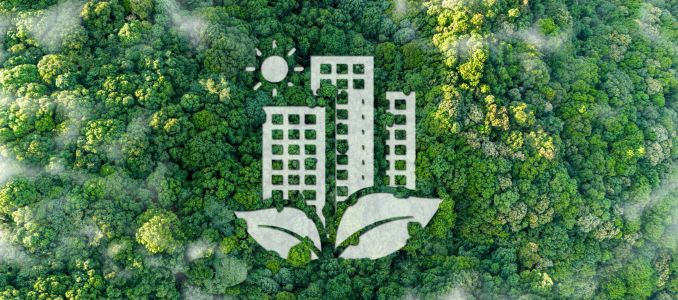
With mounting pressure from clients, regulators, and supply chains, construction firms are turning to sustainable materials not just for compliance—but for competitive edge.

A federal plant protection program strengthens its front-line response to growing ecological threats amid climate change and rising global trade.
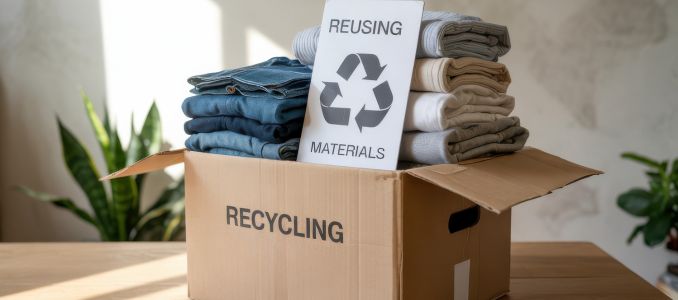
Recommerce helps protect the environment by cutting waste, conserving resources, and reducing carbon emissions.

Many large companies like Apple, Amazon and Microsoft are rethinking their supply chains and carbon footprints after pressure from consumers and employees to address their role in climate change. Here’s what these groups are doing, and experts’ take on their effectiveness.
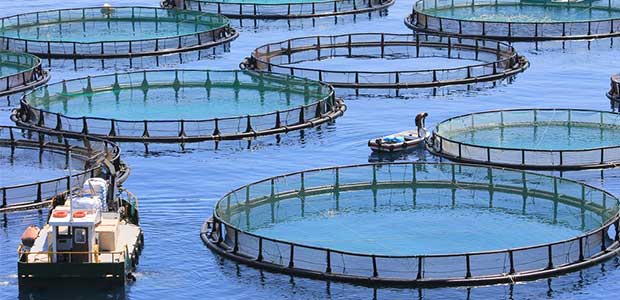
The seafood industry relies on one of the world's biggest and most important ecosystems: the ocean. Here are ways the fishing industry is being pressed to operate more sustainably.

Plastic Free July can be an effective way to start your sustainable journey. Follow these four steps.

The company’s annual report is a thorough and encompassing analysis of its progress and goals for environmental and social change around the world. With new announcements, familiar commitments and impressive goals, HP’s 2019 Sustainable Impact report is surely a business model you want to check out.
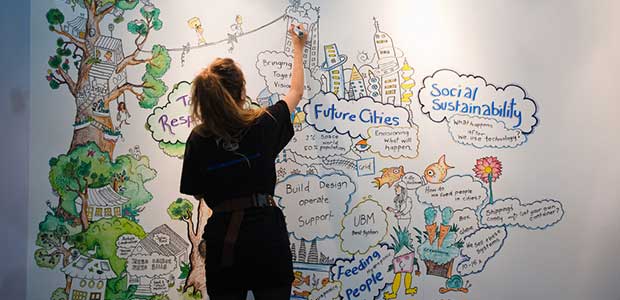
Businesses have a responsibility to consider to environment--for the sake of the earth and consumers. That responsibility does not disappear during a pandemic, as climate change, resource scarcity, and many other challenges do not shelter in place along with us.
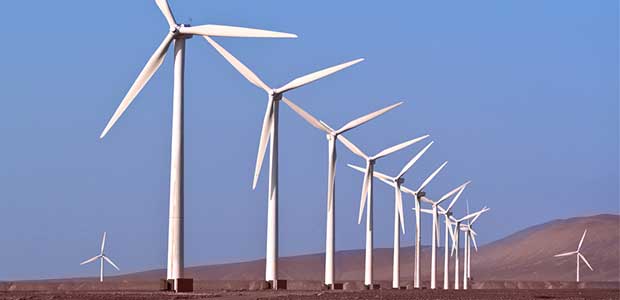
A report from the American Wind Energy Association (AWEA) reports that the first quarter of this year has been very promising for the wind energy industry. However, the coronavirus is casting a shadow over the sector.

As part of Earth Week last week, the NYT Greenhouse gave its recommended list of books on climate change and hosted a conversation with Earth Day organizer, Denis Hayes, and other environmentalists. Here’s the inside scoop.

This Earth Day, HP Printing is celebrating by talking about the benefits of 3D printing technology, and what that could mean for an individual, a business and the future of the earth.
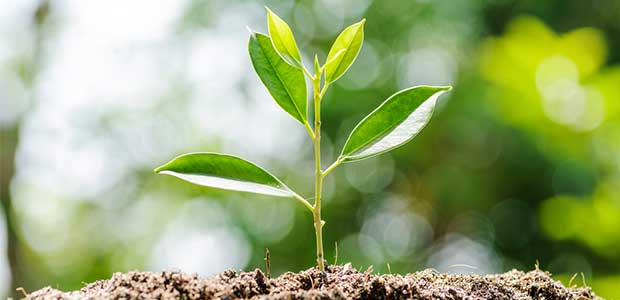
Since its birth in 1970, Earth Day has become a worldwide movement to garner more attention for the environment, its resources and its species. While the movement has evolved over the years, its ultimate call to action has only gotten louder.

Today the New York Times hosted its second digital climate change event, The Greenhouse, to talk about climate change stories using visual elements—and how the simple technology of a photo has helped transform the climate change discussion over the last few decades.
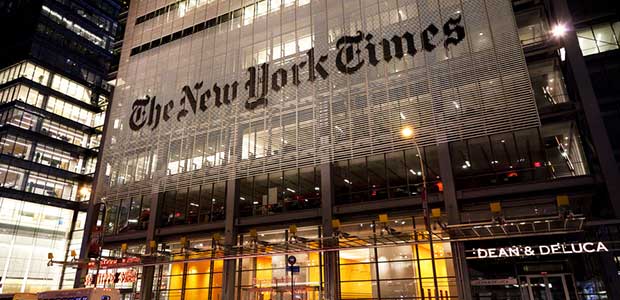
Kicking off the first of a five-part series titled The Greenhouse, the New York Times has invited listeners around the U.S. to hear what climate journalists have to say about global warming climate change in the age of the coronavirus. Here’s a recap of the first event.

Coronavirus patients in areas with high air pollution are more likely to die from the infection. Here’s what you need to know—and some tips on reducing exposure to pollution.

Energy experts classify oil as a nonrenewable resource. However, that doesn't mean people can't still abide by eco-friendly practices when using it.
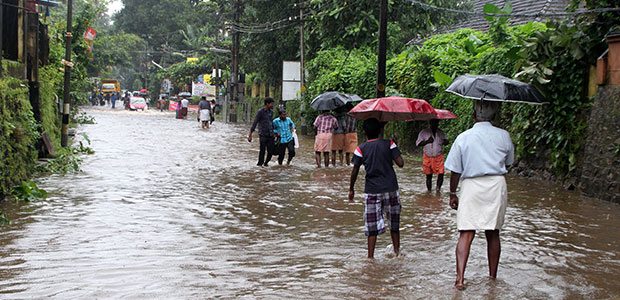
A recent report details national and global security threats related to climate change in the hopes that decision-makers and leaders will recognize the relationship between global warming and security.